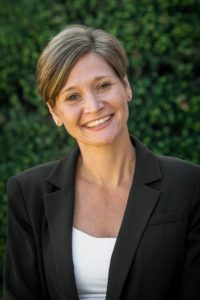A picture of an electrical cord? You’re probably thinking that summer has been just a tad bit slow for me. Au contraire.
I must admit, when I dragged this heap out of the garage, I saw it for what it was: a big, orange tangled mess. In my mind, it would serve a single purpose: power my computer outside so I could enjoy the summer weather while working. So long as I could stretch it far enough to reach the patio table, I didn’t care about the knots. End of thinking about electrical cord.
Until…
Matthew came out to ask for something to eat. As always, I held up my pointer finger warning him to hold onto his thought so that I could finish mine. As he waited patiently, he looked down at this jungle of wires and said, “That is so cool. It’s like a roller coaster for electricity.”
At that moment, I looked up from my computer because I had to hear those words again. “What did you say?” I asked. And he repeated his words. “That looks like a roller coaster for electricity.” I watched him as his eyes followed the jumbled mess around imagining what it would be like to be a current pulsing through this unintelligible labyrinth of wire. In that moment, I was reminded of how kids can see things in uninhibited ways, how easy it is for them to access beautiful language, and how easily it all slips away.
Later that evening, Nathan, my other son, also said something inspiring. It was something that I liked the sound of, but sadly, I didn’t take the time to linger like I did with “It’s like a roller coaster for electricity” and now his words escape me.
If we want kids to learn to see and hear the cadence and rhythm in their own words, we have to celebrate language. We need to stand up and take notice. When we meet amazing language in books, we need to stop. When poetry is spoken from the lips of students, we need to stop. If we don’t, the language is lost and we run the risk of perpetuating an insidious cycle of uninspired word choice and exile ourselves to page after page of It was fun. She wore a pretty dress. Ugh.
